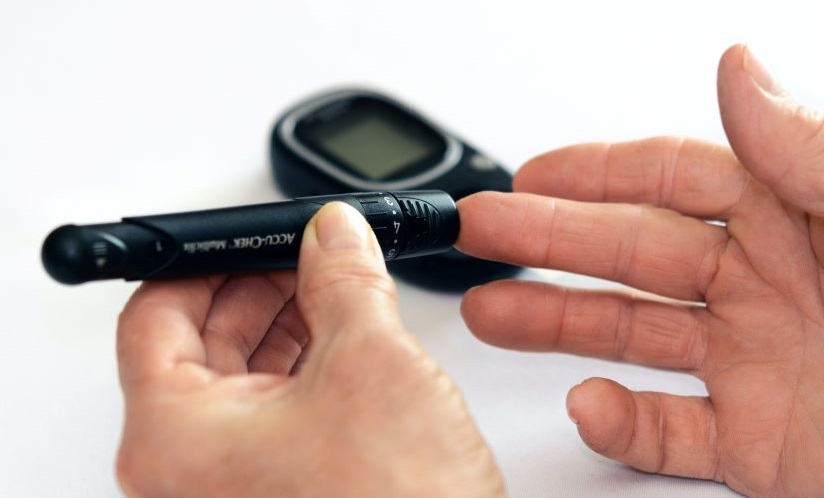Study Reports on Achievement of Diabetes Care Targets among Adults in India

A new study published in JAMA Internal Medicine, led by researchers at the Emory Global Diabetes Research Center, uncovered disparities in the diabetes continuum of care in India. This includes the diagnosis, treatment, and control of diabetes, the rates of which vary greatly between geographic areas and sociodemographic groups.
The study team looked at data from India’s Fifth National Family Health Survey, a sample of over 1.65 million adults from 28 states, 8 union territories, and 707 districts who either self-reported having diabetes or had a blood glucose test within range. From this sample:
- 74.2% were diagnosed with diabetes
- 59.4% reported taking medication for diabetes
- 65.5% achieved control of their diabetes
These numbers fall short of the World Health Organization’s 80% target for diagnosis and control.
Disparities in the Diabetes Continuum of Care
Rates of diabetes diagnosis, treatment, and control varied by age, socioeconomic status, and area of the country. Most of the geographic variation was observed within states—between districts—rather than between states.
The variation between districts is likely because of differences in availability of providers, accessibility of clinics, and individual health behaviors, which can vary greatly across regions. Similar factors may also contribute to the disparities present between other groups, such as households of different wealth statuses.
“Wealthier households generally have higher educational status and hence are more likely to be screened and diagnosed,” says study co-author Ranjit Mohan Anjana, MD, PhD. The study also found that diagnosis and treatment were higher in urban areas and older age groups.
Although the rising diabetes burden across all sociodemographic groups presents a challenge for public health and healthcare, surveillance at the district level can guide state health administrators to prioritize interventions and monitor progress toward global targets.
A New Tool for Policymakers
For easy visualization of the diabetes care continuum across the country, investigators developed a comprehensive dashboard. This tool allows policymakers to explore where unmet needs exist and allocate resources accordingly. Before now, this was not possible, as district-level data was not readily available.
“To meet this data gap, we implemented a set of easy-to-understand visualizations on an interactive dashboard,” says lead author Jithin Sam Varghese, PhD, research assistant professor in the Hubert Department of Global Health. “Though the data is not perfect, it allows one to prioritize districts for targeted diabetes screening and management programs.” A mobile-friendly version of the dashboard is currently under development.